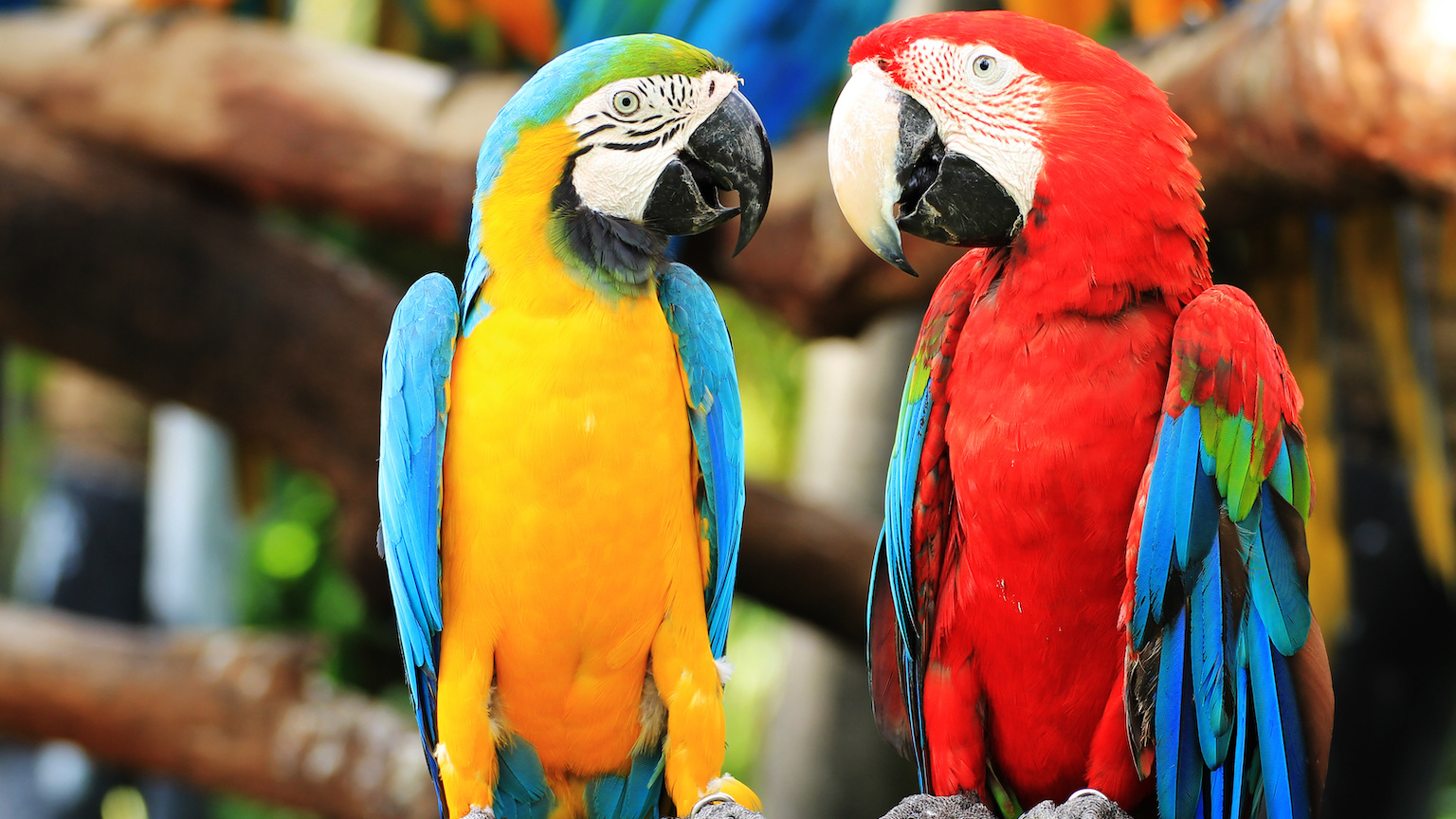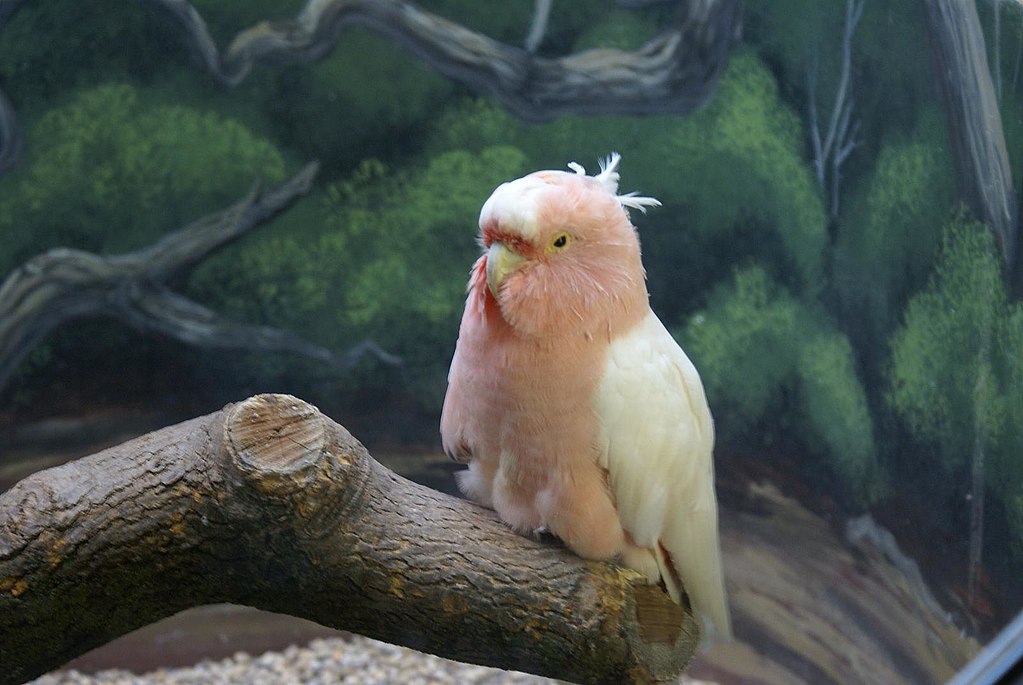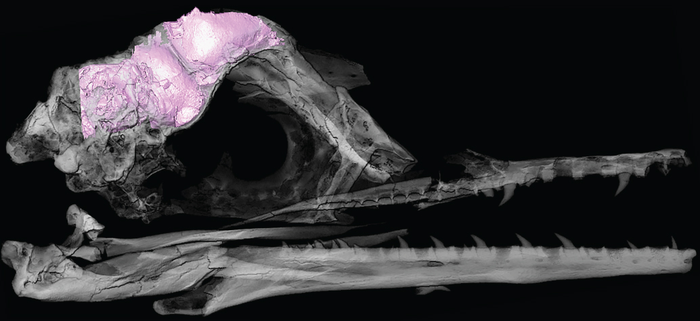Why do parrots live so long?

- Many parrot species have average lifespans of three decades, outliving other similarly sized birds and mammals.
- A new study found a correlation between parrots’ relative brain size and their average lifespan. The larger their brains, the longer they lived.
- Bigger brains make parrots more adaptable to their environment, allowing them to stay healthy and live longer.
Parrots’ live exceptionally long lives partly due to their relatively large brains, an international team of researchers has discovered. Simeon Smeele, a doctoral student at the Max Planck Institute of Animal Behavior, led the study, the results of which were published in March in the Proceedings of the Royal Society B.
When it comes to lifespan, birds truly stand out. Lifespan tends to increase with an animal’s body size, roughly speaking, as size tends to correlate with a slower metabolism. Thus, the bigger the animal, the longer they live. But a bird tends to live much longer than a comparably-sized mammal, despite having a speedy metabolism. One theory is that birds’ ability to fly means they are less at risk from predators, which reduces their risk of being eaten, alleviates stress, and frees up bodily resources for healing and growth.
And among birds, parrots are the aging champions. The confirmed longest-living bird was Cookie, a Major Mitchell’s cockatoo, who lived at the Brookfield Zoo in Illinois for all but one of his 83 years. Though cockatoos (a species of parrot) often weigh around a pound, they usually live for four decades. Most of the other 398 parrot species also outlive other birds of similar size.

So what sets parrots apart? Prior research has delved into the birds’ genomes. In 2013, scientists from Texas A&M found that scarlet macaws possess a lot of genes associated with longevity, brain development, heart thickness, and cardiovascular fitness. Five years later, researchers at Oregon Health and Science University turned up other salubrious genes in the genome of blue-fronted Amazon parrots, supporting DNA damage repair, slowing down cell death from stress, and limiting cancerous cell growth. Study co-author Claudio Mello, a Professor of Behavioral Neuroscience, remarked that parrots are to other birds what humans are to other primates.
“Humans ended up with bigger brains and more brain cells and more cognitive traits — including language — than primates. Parrots have bigger brains than other birds and more communication skills, and they have similar conserved elements that set them apart,” he said.
In the new research, Smeele and his colleagues gathered data on over 130,000 individual parrots held in more than 1,000 zoos, representing 217 species. Through this data, they created reliable estimates of average lifespan for each species. They next searched for a link between each species’ lifespan and its relative brain size and found a clear, positive correlation. Parrot species with larger brains relative to their body size lived longer than species with smaller brains.
“This supports the idea that in general larger brains make species more flexible and allow them to live longer,” Smeele said in a statement. “For example, if they run out of their favorite food, they could learn to find something new and thus survive.” He added, “All parrots have relatively large brain sizes compared to most other birds.”
Researchers have previously demonstrated that, when trained, some parrots can identify and understand objects, colors, quantities, and shapes, and even speak with an impressive vocabulary, at least for a bird. They can even match human five-year-olds on rudimentary tests of intelligence. Birdbrain is no longer an insult.





